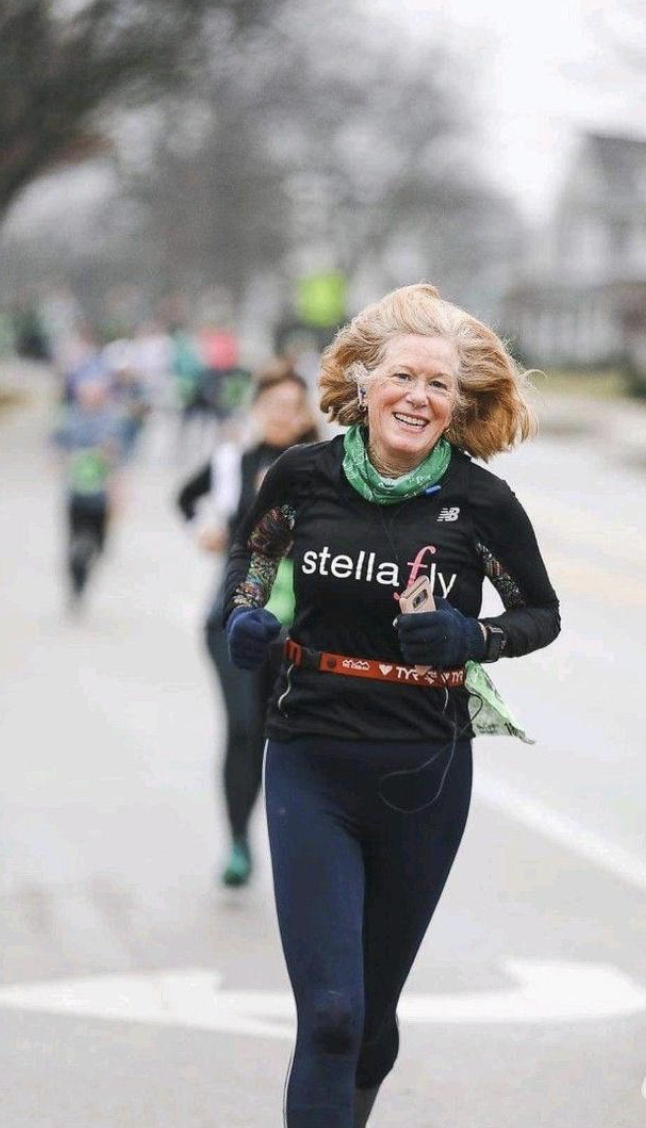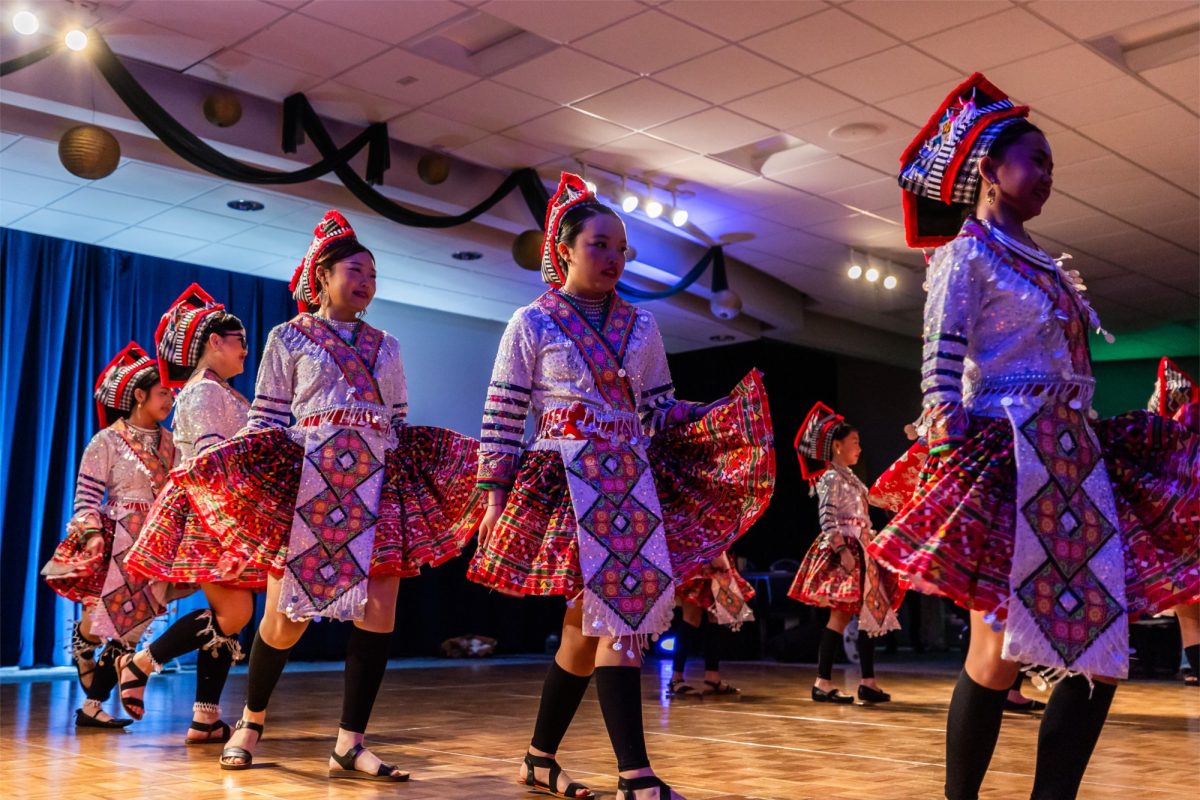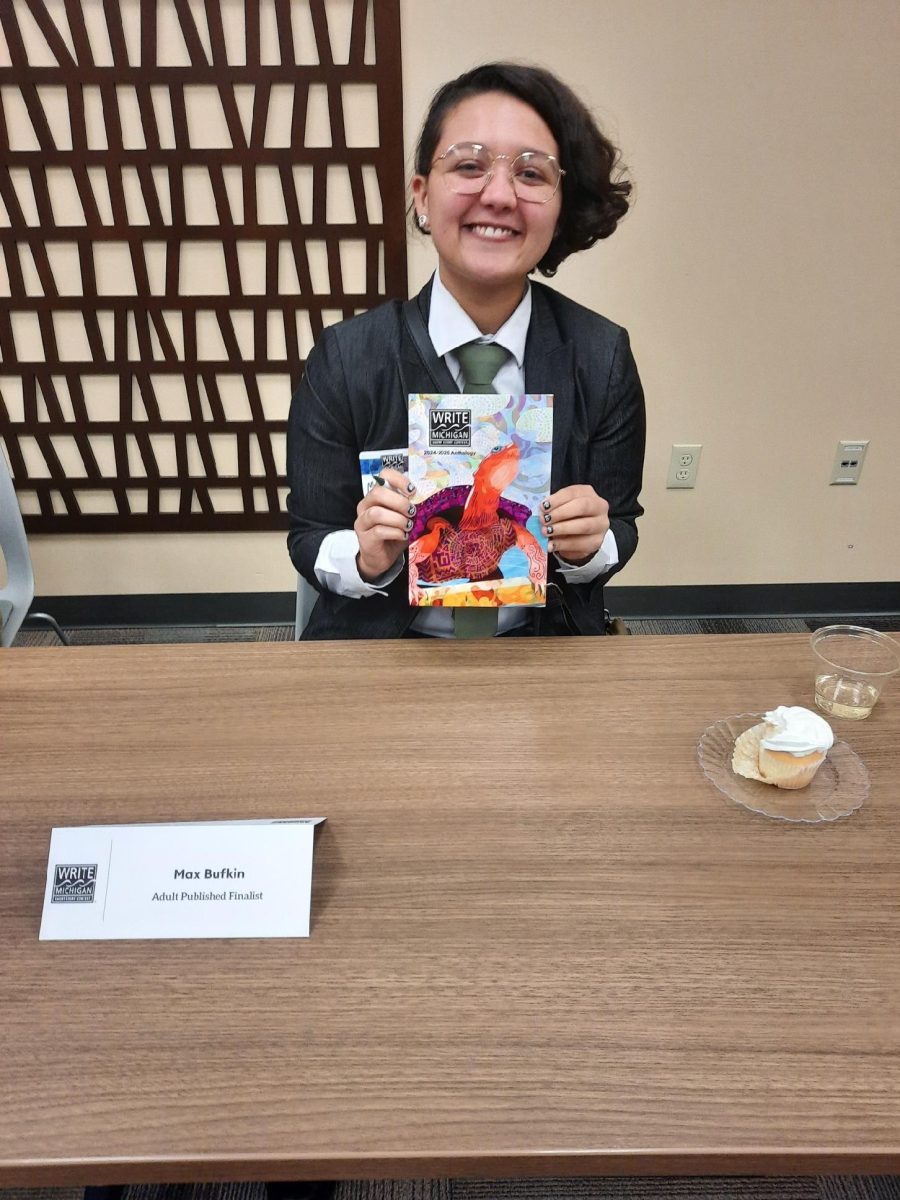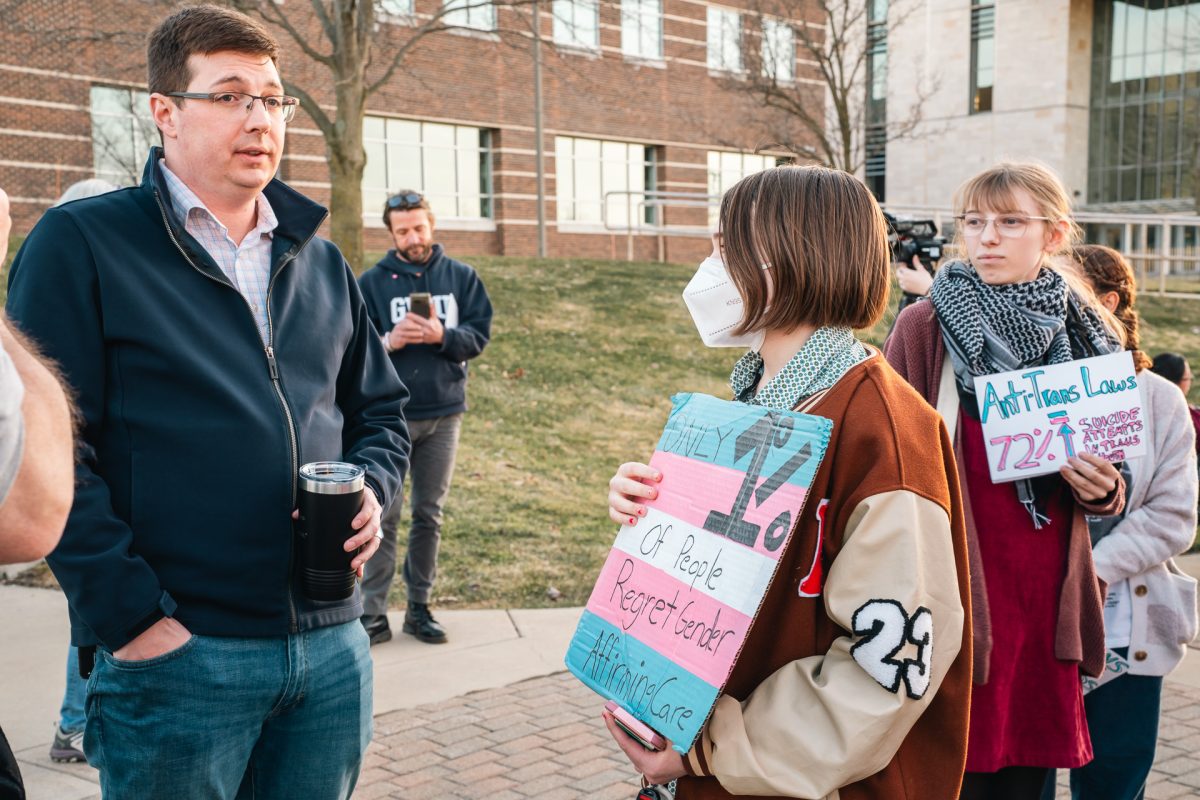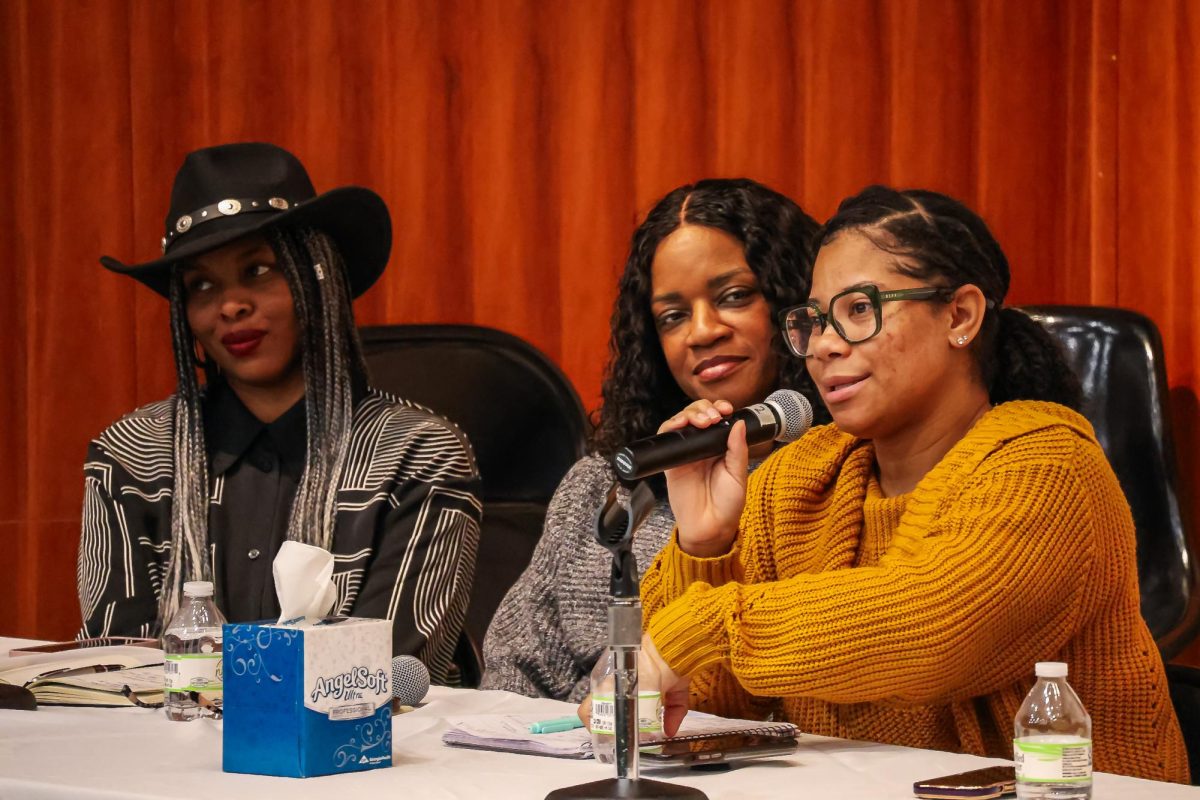GVPD warns of the dangers of continuing ‘sextortion’ scam
Feb 28, 2022
Social media scams aren’t unique to Grand Valley State University but have proven to be a continuous issue for those ages 18-24, particularly around college campuses.
Online scam artists will use social media platforms such as Instagram and Snapchat to get in contact with potential victims, attempting to create a relationship that eventually turns sexual in nature.
The scam artists will trick victims into a sense of trust, coerce them to send explicit photos or videos and then record the compromising photos to be used against them as blackmail.
The Grand Valley Police Department calls this scam “sextortion,” and said there are around two new cases of sextortion reported to GVPD each week.
Due to the most common age demographic being those above 18, the act of sending the explicit media is not technically illegal.
Extortion comes into play when the scam artist uses the media as ransom, threatening to send it to friends and family of the victim or post it online if the victim doesn’t comply.
The sextortion scam has been gaining prevalence around the campus community, but due to the intimacy involved it goes highly unreported.
GVPD’s Captain, Jeffrey Stoll, said it’s difficult to predict if the frequency of the scams has increased because of the lack of reporting. They have observed a general consistency in the number of cases reported to campus safety in the past two years.
“I would say it’s going to continue because the opportunity exists, the method of the crime will exist and it’s a fruitful act,” Stoll said. “People are able to generate money through the scam and scams only stop working when they’ve stopped being productive, right?”
GVPD has warned of sextortion scams before, but they continue to occur in the GVSU community.
New cases have prompted campus safety to ask students to be careful once more, as recent instances have led to exposure of victims’ personal photos on the internet.
While the perpetrators can be tracked through an IP address, they’re often located internationally, creating a challenge for apprehending scammers. Because it’s not a high profile issue, the lower severity of the crime does not obligate suspects to come to the United States once they’ve been caught.
“It’s not just one person who’s coming to GVSU and targeting all of our students,” Stoll said. “This is a regional, statewide and national issue and you could talk to any person in my position or any campus law enforcement agency and they would have a similar style response.”
There aren’t many opportunities to legally pursue the extortion further, making the best defense against sextortion scams simply being cautious.
Stoll advises students to remember stranger-danger, never give money to someone that you haven’t met and to get a friend’s opinion first before you can be put into a vulnerable position.
Scammers flock to open-forum communication apps like Instagram because they can access anyone and get lots of details from one single account.
Some tricks include creating a mutual following between the extortionist and victim to get the victim to believe they have friends in common and give the scammer a more credible appearance.
GVSU junior, Makenzie Griffin, said the tell-tale signs of a scam DM include having an inauthentic looking Instagram profile.
“Usually they’re following a ton of people but no one follows them back and all of their pictures (if any) look like stock images or stolen from girls’ Instagrams,” Griffin said. “Most of the time they all have the same tagline to get your attention and some ‘bit.lyk’ link that’ll hack your phone.”
GVSU freshman, Zoë McCollum, said she has received multiple scam DMs on Instagram.
“They’re super annoying and happen way too often,” McCollum said. “You can always tell (it’s a scam) when they like all of your pictures and then send a long DM asking for your Cashapp.”
Young adults’ online awareness continues to get stronger but scams are adapting, becoming more elaborate and reflective of would-be real conversations.
“It’s like, ‘How can anyone fall for it?’” McCollum said. “Some of them look so real.”
Stoll said his type of crime has increased in recent years around GVSU. COVID-19 caused a major spike in activity as more turned to social media for social interaction.
“People are able to prey on isolation and loneliness and vulnerability,” Stoll said. “I talked with someone in this office individually about it, then two months later, they fell victim to it.”
As campus is a high density area of the target age group, GVPD urges students and community members towards awareness and caution for this ongoing issue.
Anyone who feels they might be caught up in a scam situation should contact GVPD or campus safety for feedback, options and support with how to move forward.









